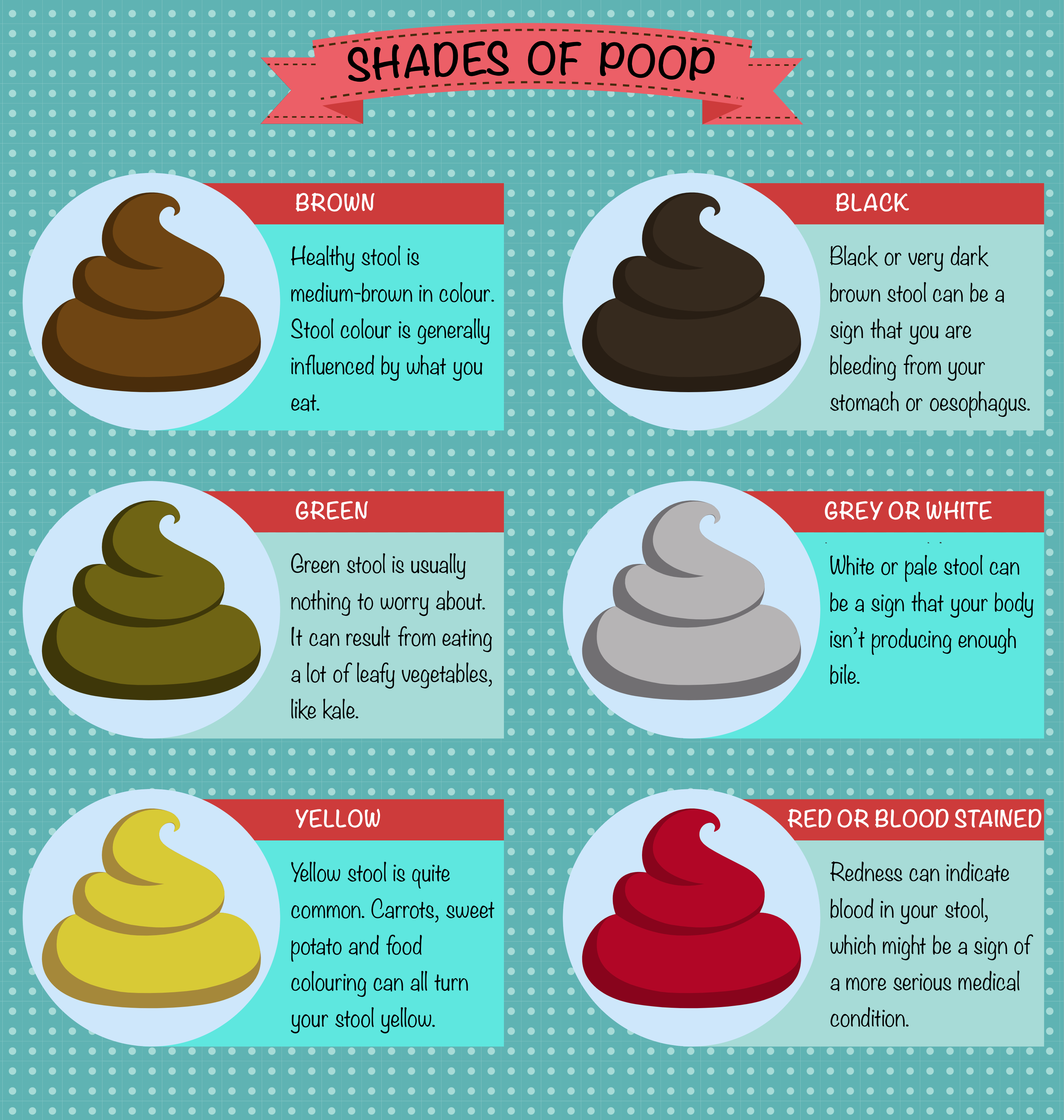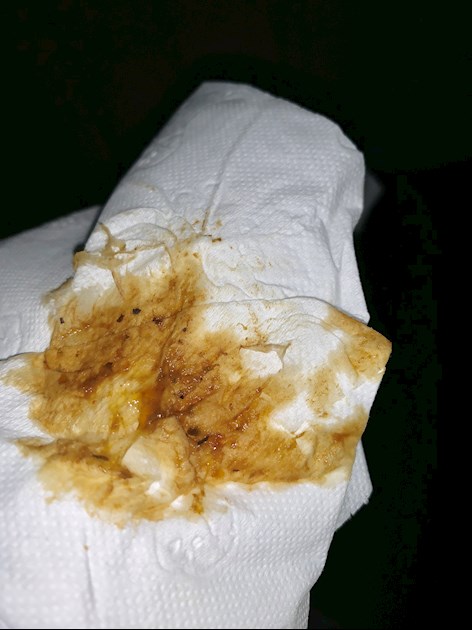
Metabolic disorders - liver disease, kidney disease.Obstruction in the digestive tract - tumors, foreign object.Gastric ulcers – typically associated with recent stress (disease, surgery, hospitalization, environmental changes).

Stomach ulcers (may be more common in stressed rabbits).
#Dark stool from digested blood skin

If you are experiencing stools with blood, your doctor may perform one or more of these tests. Your doctor will need to do an evaluation to determine if any of these conditions are the underlying cause. Whether or not the blood is mixed with the stools or covering it, can also help determine where it came from and what is causing it.Īdditional causes of stools with blood include If the blood is darker or black, it typically means it came from the upper digestive tract. If the blood is red it typically means it came from the lower digestive tract or rectum. This will help your doctor zero in on the problem.īlood in stools can come from any area of the gastrointestinal tract. Pay attention to what the blood in your stool looks like. If you’re concerned, always err on the safe side and see a doctor. Underlying disorders and complications of this condition can be serious. Your doctor can determine the exact cause of stools with blood. Your doctor can prescribe additional options to treat an anal fissure that isn’t healing on its own. Over-the-counter fiber supplements can help. If you have anal fissures, take measures to prevent constipation or diarrhea. They are painful during and following bowel movements. Small tears in the lining of the anus, typically from constipation or diarrhea, can cause blood with stools. Your doctor may first treat any underlying causes, such as constipation. If bothersome enough, hemorrhoids can be removed by your doctor. The condition is very common, normally painless, and does not lead to cancer. Hemorrhoids can occur inside the anus or under the skin around the outside of the anus. Typically, the amount of bleeding from hemorrhoids is small and may be a few drops that appear on toilet paper after passing a stool. Common causes Hemorrhoidsīlood vessels near the anus that become swollen, due to increased pressure, can bleed or prolapse. These include blueberries, dark leafy vegetables, or black licorice.

Other foods may cause your stools to look black. These include cranberries, tomatoes, beets, or food that is dyed red. Certain foods may cause your stools to look red. If you stool is red or black, it might not be from blood. Seek immediate medical attention if you are experiencing fever, excessive weakness, vomiting, or seeing large amounts of blood in your stool. If you are experiencing bloody stools or bleeding from a bowel movement, you may need to see a doctor. Stools with blood can be caused by many different conditions.


 0 kommentar(er)
0 kommentar(er)
